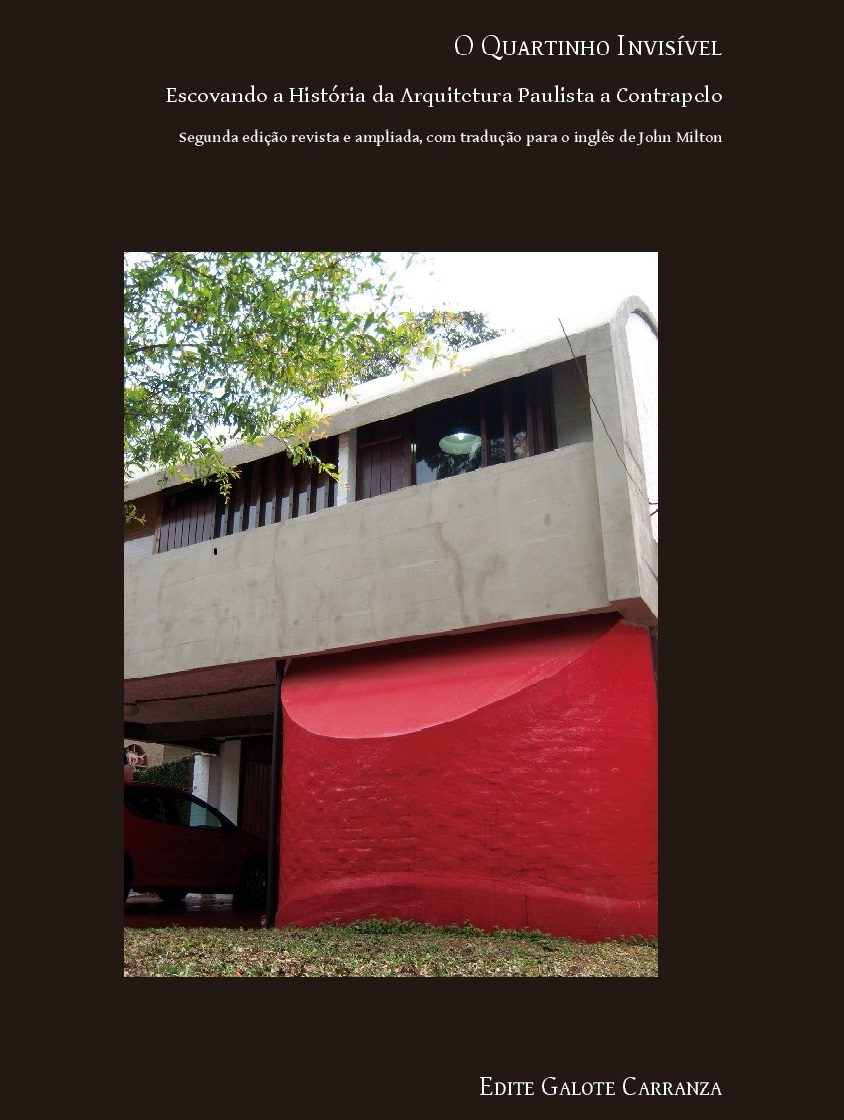The invisible little room by Edite Galote Carranza

Purchase:
Price: US$ 18,00 plus Shipping modest printed mail
Orders and information by e-mail: Este endereço de email está sendo protegido de spambots. Você precisa do JavaScript ativado para vê-lo.
Book technical sheet.:
Preface second edition: Architect Sérgio Ferro
Presentation: PhD Marcos Napolitano
Preface first edition: PhD Márcio Vinicius Reis
Afterword: MA. Ricardo Carranza
Translated by PhD John Milton
Illustrations and cover photo: Author
This book consists of an analysis of the maid’s dependencies in modern São Paulo architecture. Although little attention has been paid to the theme in historiography, this analysis helps us to discuss a number of contemporary issues.
Greater equality between women and men, the issue of gender, struggles against racism, marginalization, and the absence of rights have led to a renewed interest in an examination of the spatial dimensions of the house in contemporary architecture. In the fields of History and Philosophy, the interest is in the history of the Other, such as the history of women and the history of homosexuality.
This book focuses on the maid's quarters in the history of the home in São Paulo. Based on case studies, architectural design solutions and their evolution over time are analyzed, paying attention to the dependency at the back of the main house, the dual social and service access of residential buildings, and maids' quarters found next to the laundries. Indeed, many designs, even those of well-known architects, are rather unhealthy.
The aim is to verify the “secret index” of modern São Paulo architecture, following the critical theory of Walter Benjamin, who defends the importance of “brushing history against the grain” tin order to unveil the ideologies of the past that are present in “cultural documents”.
We believe that the design solutions for maids' quarters reveal the insoluble contradictions of São Paulo society which have contributed to the segregation and maintenance of gender prejudices and even structural racism. To discuss this theme is to break with the historiographic tradition and “brush” the history of modern São Paulo architecture “against the grain”, as well as giving visibility to an item that has remained “invisible” and unaltered and resisted the formal innovations of modern Brazilian architecture.
Edite Galote Carranza
Post published: 30/01/2023
Updated Post: 06/03/2024
Acessos: 74